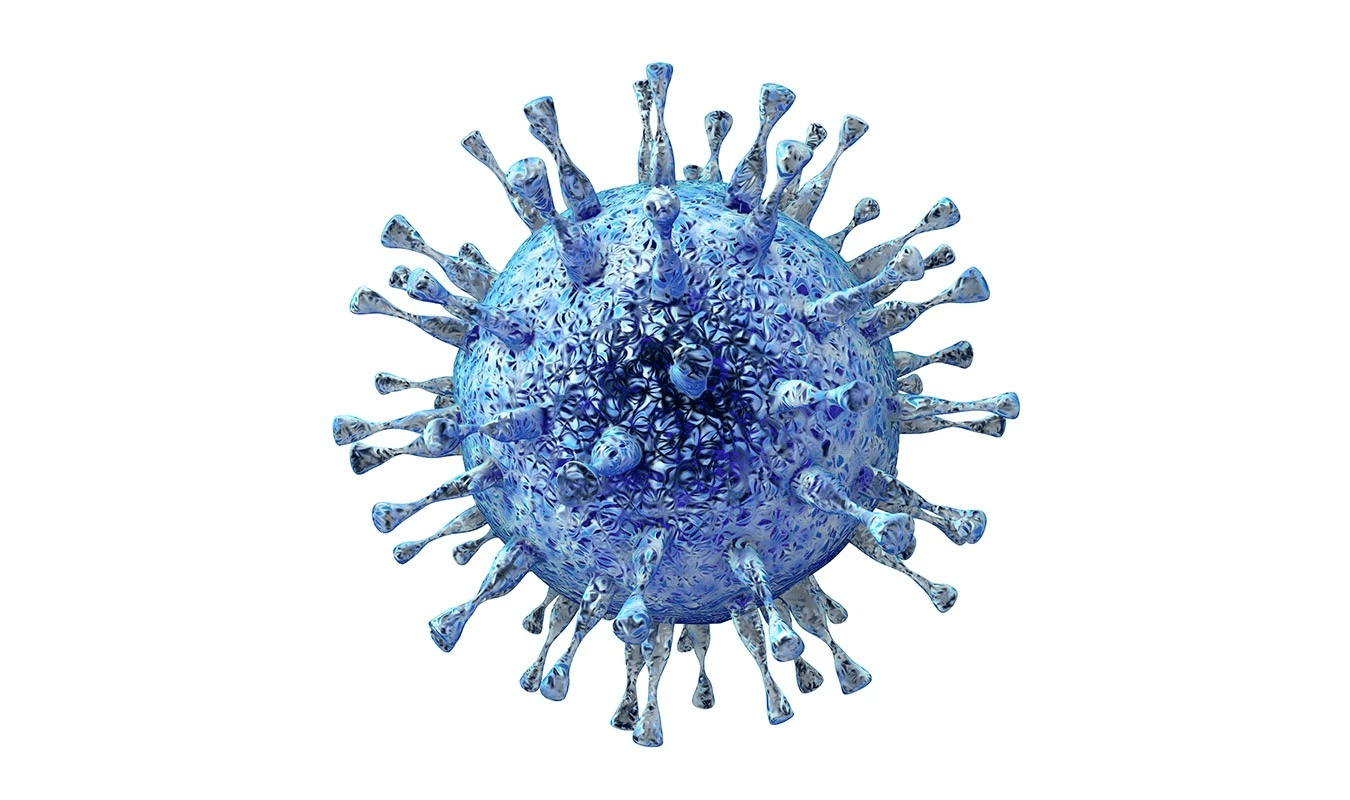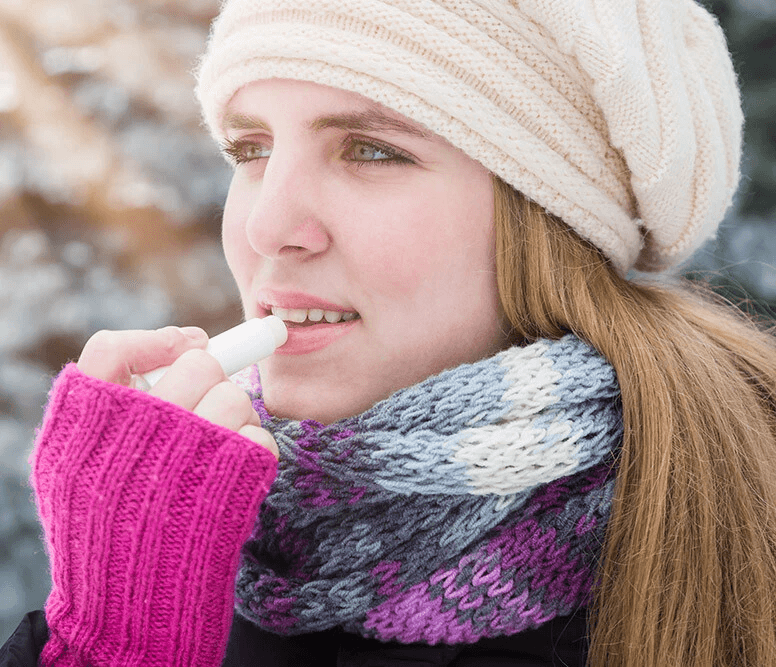If you suffer from cold sores, you are not alone. About two thirds of people under the age of 50 years are infected with herpes simplex virus type 1 (HSV-1), the virus responsible for cold sores[1]. In Europe, it corresponds to a little bit more than 200 million women (69%) and 187 million men (61%). Herpes infection is mostly asymptomatic but can cause mild symptoms or painful blisters. Cold sores cannot only be irritating but also embarrassing with social, and emotional impact. In extreme cases, it may lead to social isolation. But don’t forget – you’re not alone.
Cold sore: what you need to know

Jump to:
What are cold sores?
If you don't treat your cold sore, it usually lasts 7-10 days, but can remain for up to two weeks.
What causes cold sore?

Woman with a cold sore on her lip
Is it contagious?
How long do they last?
What does the beginning of a cold sore look like?
- Stage 1: Tingling stage
For more than 85% of cold sore sufferers, outbreaks often begin with symptoms such as a tingling, tightness, soreness, or itching around the lips. This stage lasts 1-2 days. Most often, the tingling sensation is experienced around the area where the cold sore will appear. The area then starts to swell and redden, and can feel painful to touch. Remember that a cold sore is contagious from the moment you first feel tingling or other signs of a cold sore coming on because the virus has already replicated.
- Stage 2: Blister stage
Within 48 hours of the first stage, clusters of red, fluid-filled blisters appear. This is the result of the virus waking up, multiplying, and your body beginning to fight back. The blisters start to fill with clear fluid. This fluid is highly infectious, as it contains the cold sore virus (HSV-1, herpes simplex virus type 1). If the blister bursts, it releases the contagious fluid, potentially leading to infection of other parts of your body or other people.
- Stage 3: Weeping
On day 4 or 5 of an outbreak, the blisters usually burst, ooze, and form painful sores. Open sores are red and shallow. Be aware that cold sores are most contagious during this time. The exposed and ulcerated sores will now begin to scab over as your body starts the healing process.
- Stage 4: Crusting
Around days 5-8 of an outbreak, you most likely will have developed scabs. The sores have dried out and scabbed over causing itching and painful cracking. When the blister dries out without bursting, scabs look yellow or brown.
- Stage 5: Resolution with healing
The final stage of the cold sore is the healing phase. Once your body’s defences have tackled the virus, the scabs begin to peel off and the cold sores heal. Try to avoid knocking off the scab because the healing process will need to start again. For most people, the healing occurs between 8 to 10 days after the onset of symptoms. Typically, cold sores do not leave scars.

Woman in winter clothing applying lip balm outdoors.
Can cold sores be cured?
Tips for managing cold sores?
Sources:
Enjoying this article?
Rate this article if you find this helpful.
